Case 07: Space Station
Introduction
The purpose of this lesson is to introduce students to the components of a space station and the knowledge associated with performing missions on the Moon. Students will learn how to write a program to control the operation of the space station using the micro:bit Space Science Kit.

Teaching Objectives
- Learn about the structure and operation of the space station.
- Learn about the mission of the station.
- Learn how the station is built and programmed for control.
Preparation
Before starting the lesson, please make sure you have prepared the following necessary materials:
 | micro:bit V2 |
|---|---|
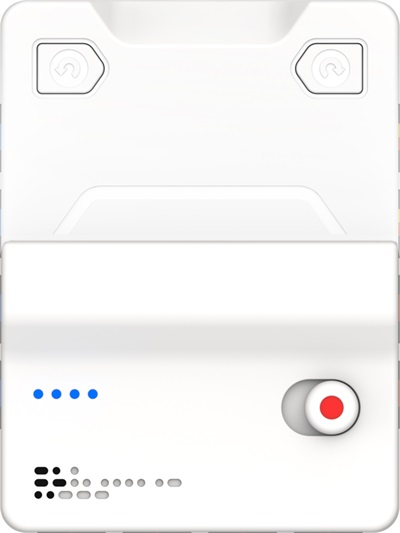 | Nezha Breakout Board V2 |
 | PlanetX Smart Motor |
 | PlanetX WIFI Module |
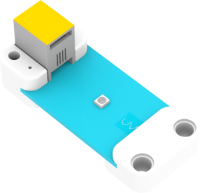 | PlanetX UV Sensor |
 | Bricks Pack |
 | USB Cable |
 | Computer |
These materials will provide you with a complete experience and ensure that you can follow through and learn smoothly. If you are ready for the above, we can move on to the next step.
Teaching and Learning Process
Introducing the Lesson
Have you ever wondered what a space station is made of and how it works? In this lesson, we'll explore how to build a space station with building blocks and control its operation with a graphical program.
Ready to explore the world of space travel with the micro:bit Space Science Kit? Now, let's get started on this fun learning journey!
Exploration Activities
- How do I build a space station?
- What if I wrote a simple program to make a space station work?
- How does a space station work with a space station?
Case Study
Based on existing space station forms and compositions, please open up the discussion and rationalize the design of a building block space station.
Example




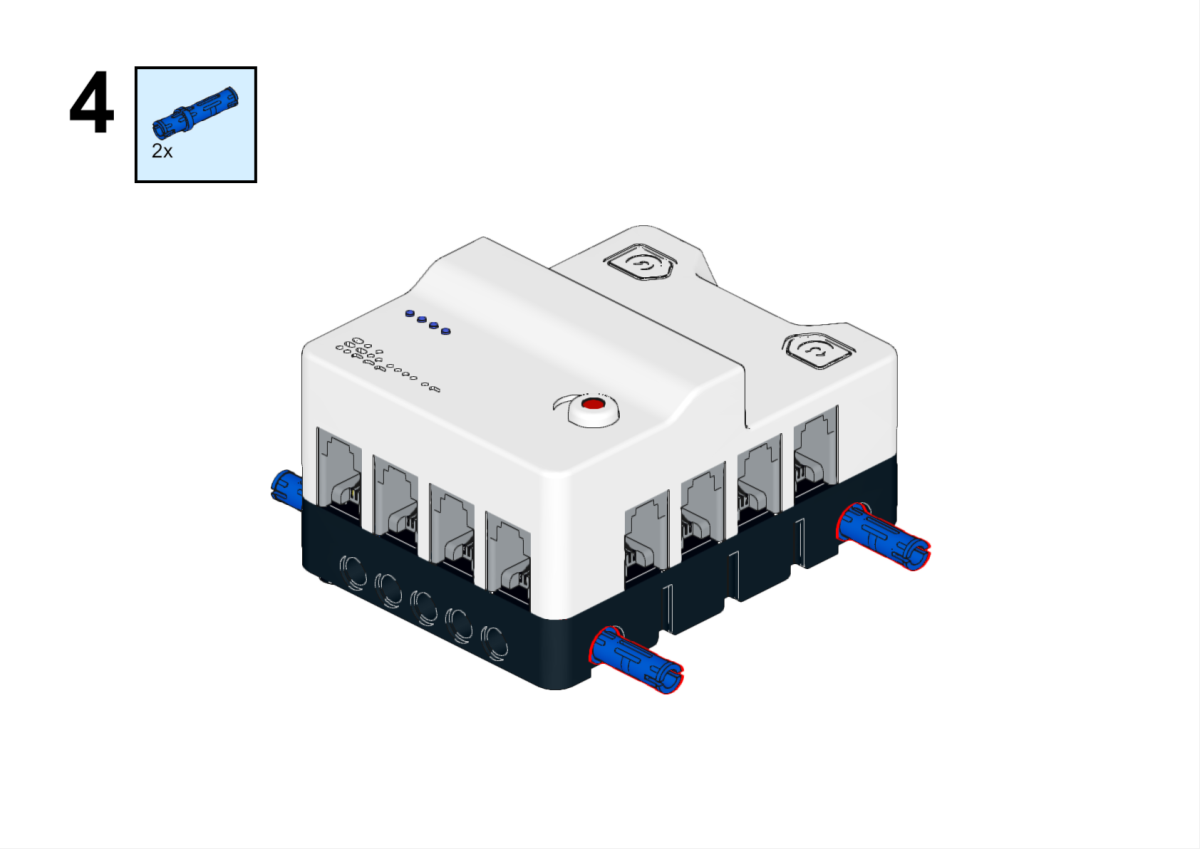


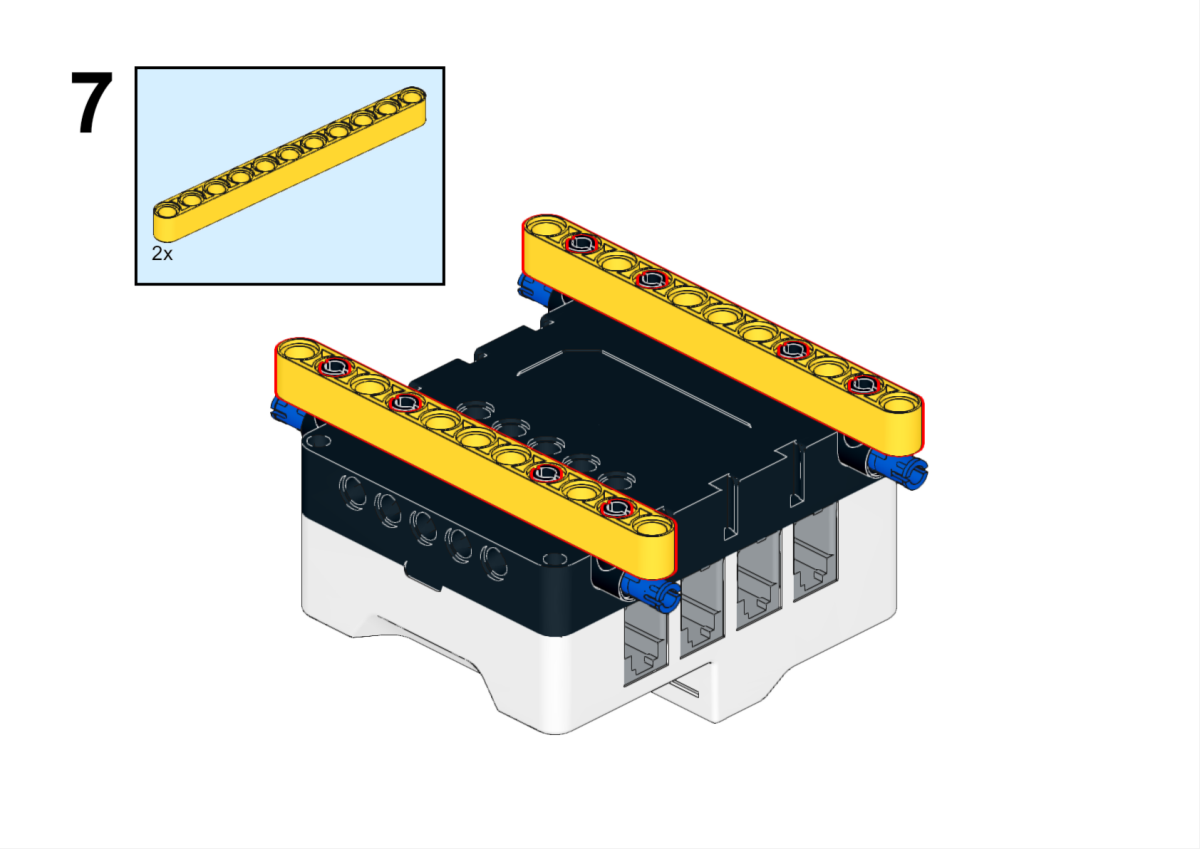
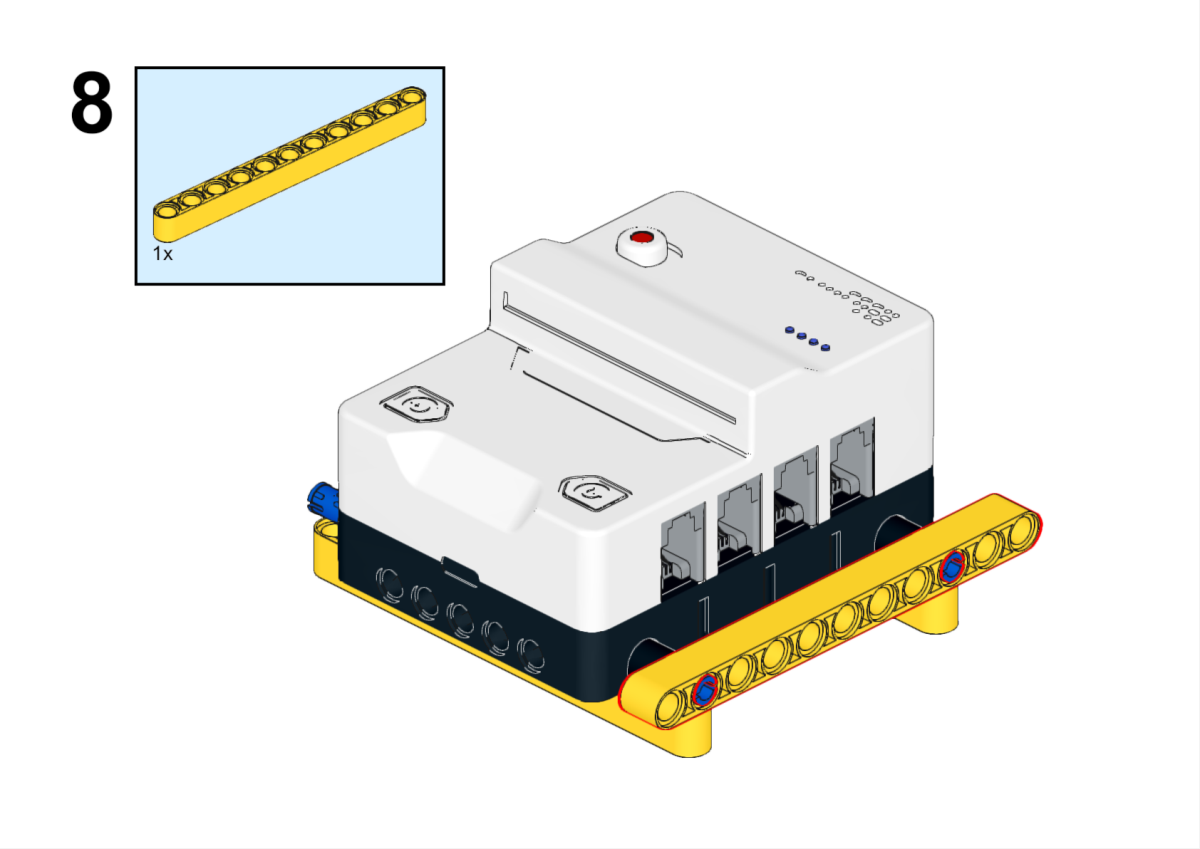













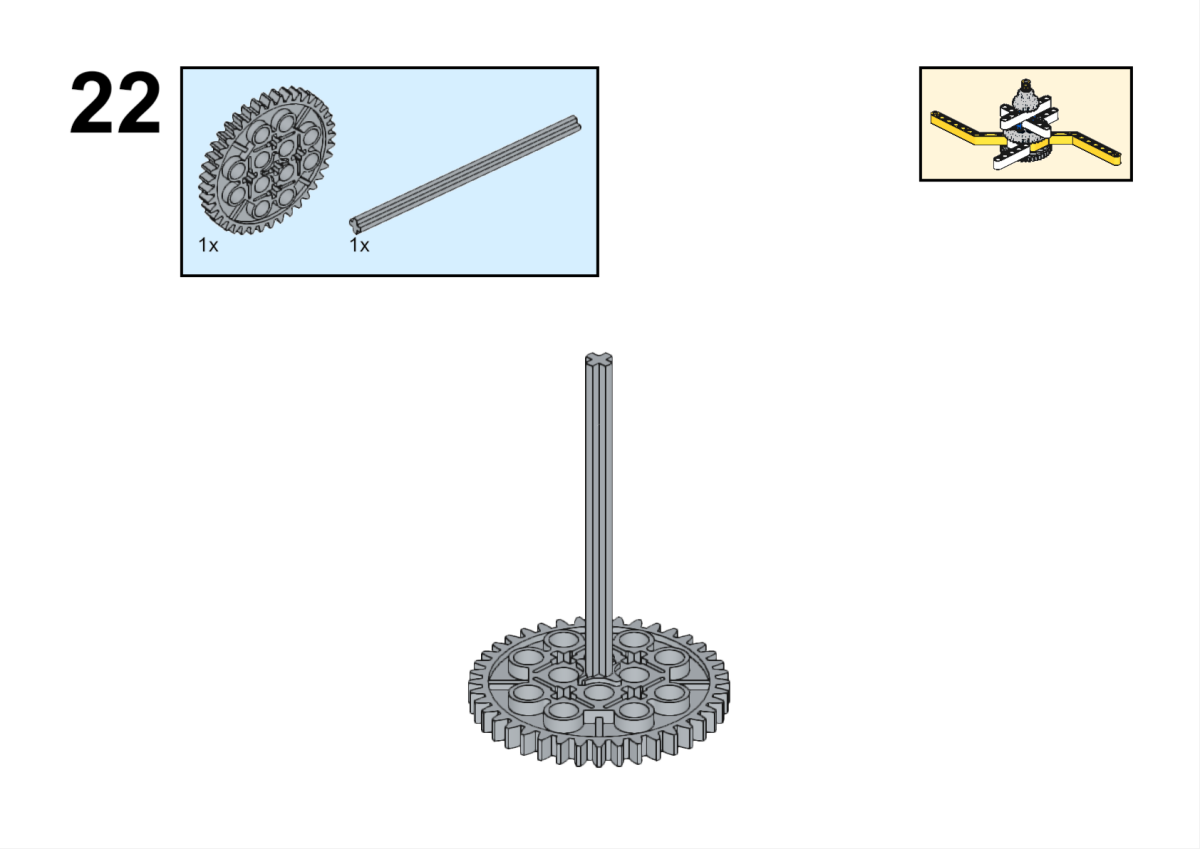













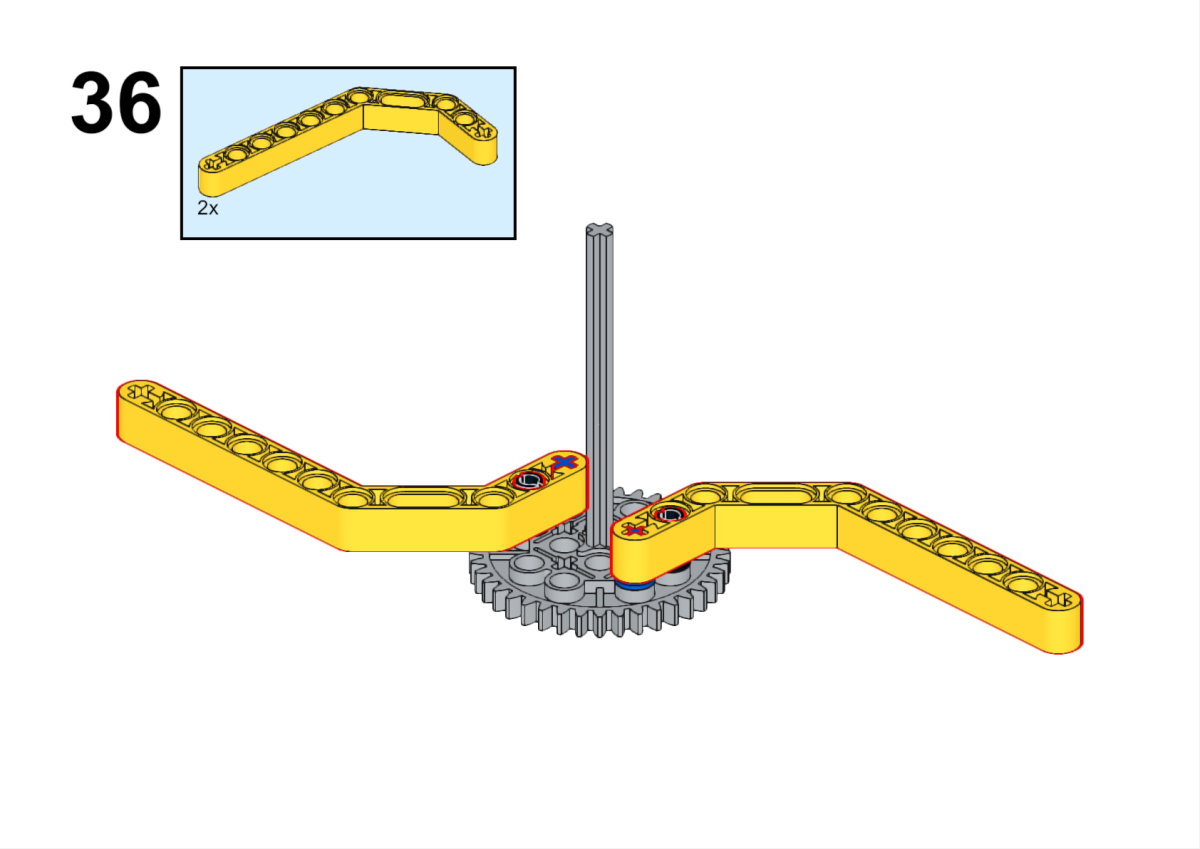





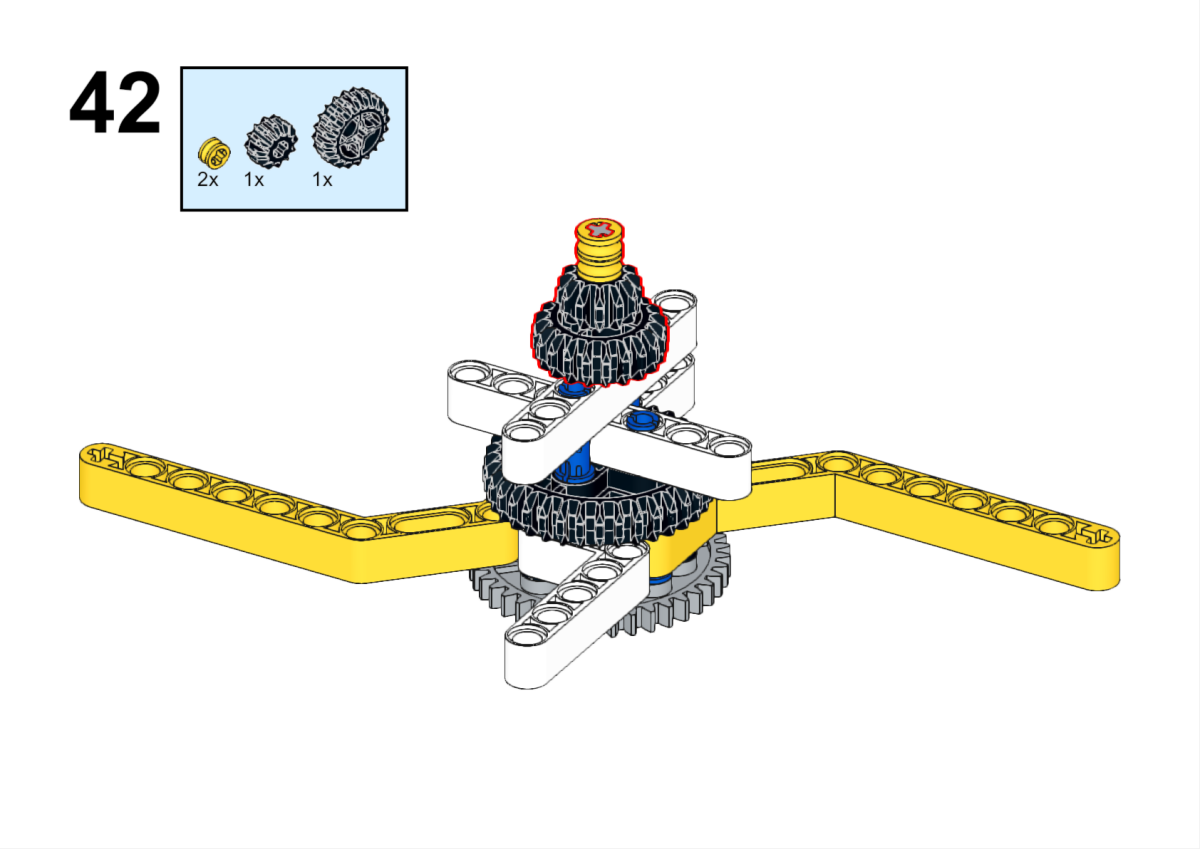








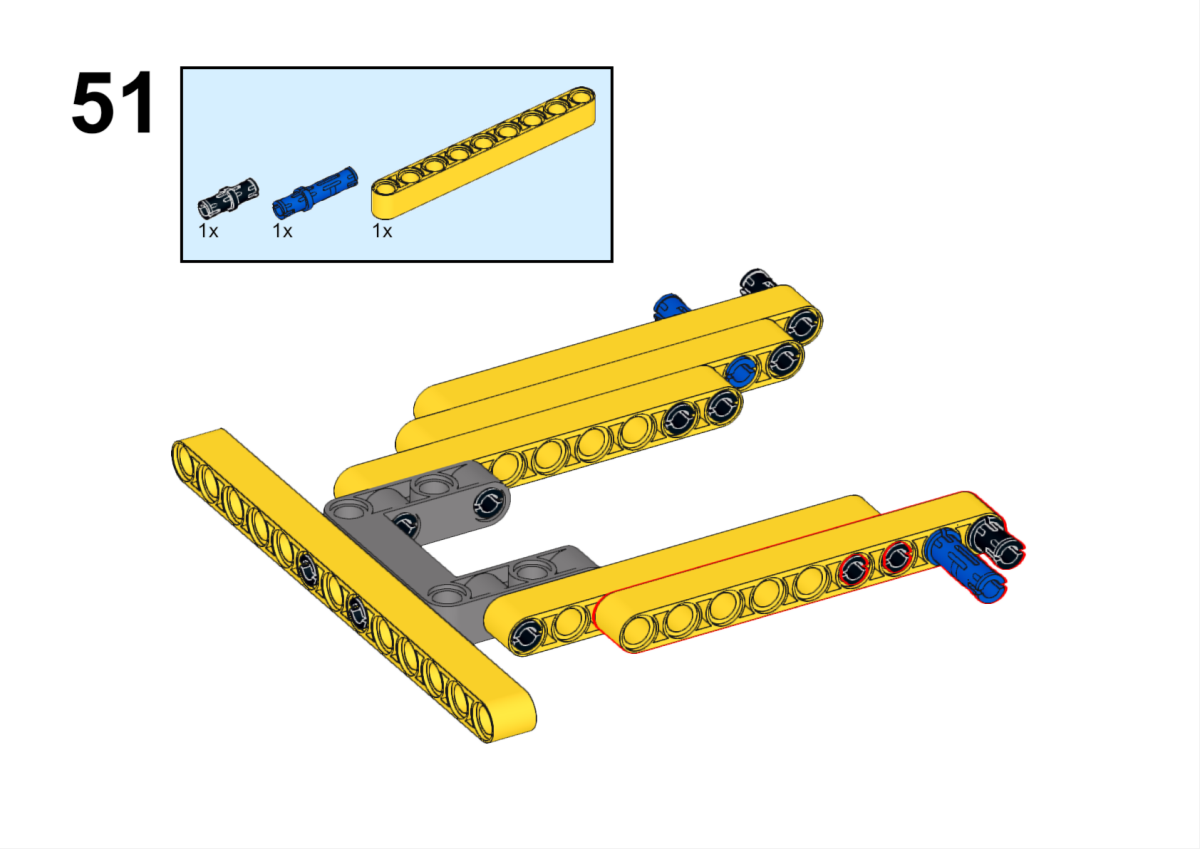





















Code Programming
Add a software library
Go to“makecode.microbit.org”,and click New Project.
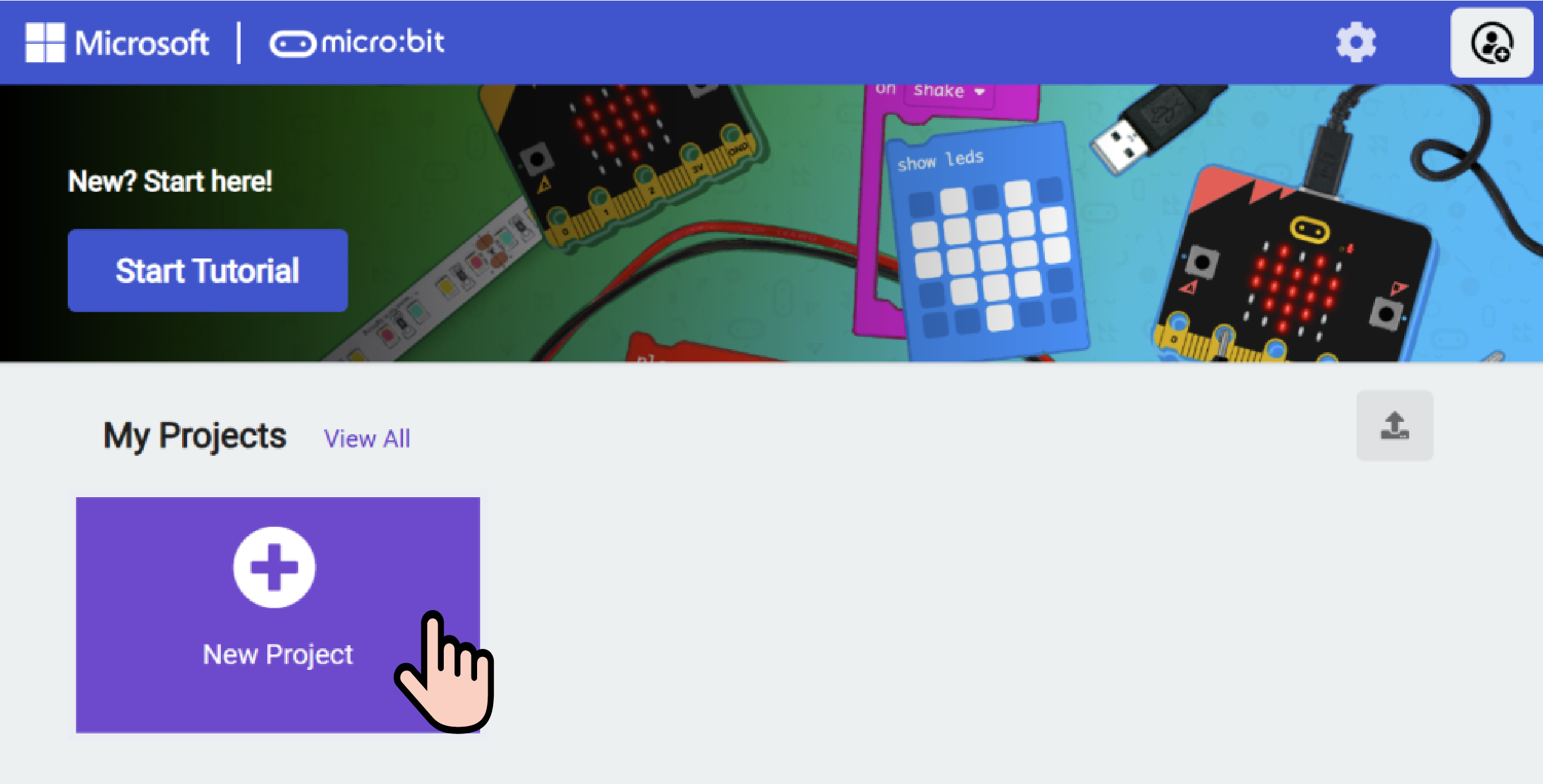
Enter the project name in the pop-up window and click Create.

Click on Extension in the code drawer.

Type nezha2 in the popup and click on the search icon, click on the nezha2 repository when it is displayed. Load the PlanetX library in the same way.

Component Connection
Please refer to the wiring diagram below to connect the components to the corresponding interfaces.

Example program

Refer to the program link:https://makecode.microbit.org/_62C8t2HKbDfK
Please refer to this article for the use of KidsIoT platform:https://wiki.elecfreaks.com/en/microbit/wisdom-life/microbit-smart-science-iot-kit/how-to-use-kidsiot/
 Please adjust the speed of the Planet Series Smart Block motor appropriately for your classroom.
Please adjust the speed of the Planet Series Smart Block motor appropriately for your classroom.
Download the program
Use the USB cable to connect the PC and the micro:bit V2.

After a successful connection, a disk drive named MICROBIT will be recognized on the computer.

Click on the bottom left corner of the and select Connect Device.
and select Connect Device.

Click 。
。

Click 。
。

Select BBC micro:bit CMSIS-DAP in the popup window, and then select Connect, so far, our micro:bit has been connected successfully.

Click Download Program.

Teamwork and Presentation
Students are divided into small groups and work together to create and program a space station.
Students are encouraged to collaborate, communicate and share their experiences with each other.
Each group will have the opportunity to show the other groups the space station they have made and demonstrate it.
Expected Results:

Summarize and Reflect
Review the course content to remind students what knowledge and skills they have acquired.
Lead students in a discussion of the problems and difficulties they encountered in making the station and how they solved them.
Lead students to think about ways to optimize and improve the space station, such as what other interesting cases could be made.
Extended Knowledge
Space stations are large manned spacecraft built by humans in Earth orbit for long-term activities such as scientific research, technological testing and observation of the Earth. They usually consist of multiple modules that can be connected together to form a complex living and working environment. The following is an introduction to the composition of space stations and related background:
Composition of space stations
The composition of a space station varies according to design and mission requirements, but the basic components include:
- Core module:
- Also known as the main control module, it is the hub of the station and contains important facilities such as life support systems, communication systems and power systems.
- The core module is responsible for managing the operation of the entire station and is the main area for the astronauts' daily life and work.
- Experiment module:
- Dedicated to scientific experiments and technological tests, they may contain a variety of laboratory equipment and research tools.
- There may be more than one laboratory module, configured according to different research areas and mission requirements.
- Living module:
- Facilities that provide astronauts with rest, sleep, meals and recreation.
- Includes bedroom, dining room, gymnasium and restroom.
- Docking module/air lock module:
- The docking module is used for docking with manned spacecraft and cargo spacecraft, and is the passageway for personnel and materials to and from the station.
- The airlock module is where astronauts put on and take off their space suits and regulate the internal and external air pressure during spacewalks.
- Service module:
- Contains the propulsion system, power supply system, cooling system, etc., providing power and support for the entire space station.
- Specialized equipment module:
- Used for installing specific scientific instruments or experimental equipment, such as astronomical telescopes, particle physics detectors, and so on.
- Solar cell wing:
- Installed in the outer shell to provide power for the whole space station.
- Truss structure:
- Used to support external components such as solar cell wings, radiators and communication antennas.
Background of the space station
The development of space stations has gone through several stages, from the earliest Soviet Salute Series, the U.S. Skylab, to the later Mir and International Space Station (ISS).
- Salute series: The Soviet Union launched the world's first space station, Salute 1, in 1971.
- Skylab: The United States operated Skylab, the first U.S. space station, from 1973 to 1974.
- Mir Space Station: The Soviet/Russian Mir Space Station operated between 1986 and 2001 and was the first permanently manned space station in history.
- International Space Station (ISS): under construction since 1998, it is currently the largest space station and is operated by a multinational partnership that includes the United States, Russia, Japan, Canada, and member states of the European Space Agency.
- Chinese Space Station: China is building its own space station, called the Tiangong Space Station, which consists of the Tianhe Core Module, the Qitian Experiment Module and the Mengtian Experiment Module, and is expected to complete its initial construction by the end of 2022.
The construction and operation of the space station represents the ability of mankind to live and work in space for long periods of time, and has far-reaching implications for scientific research, technological progress and international cooperation.